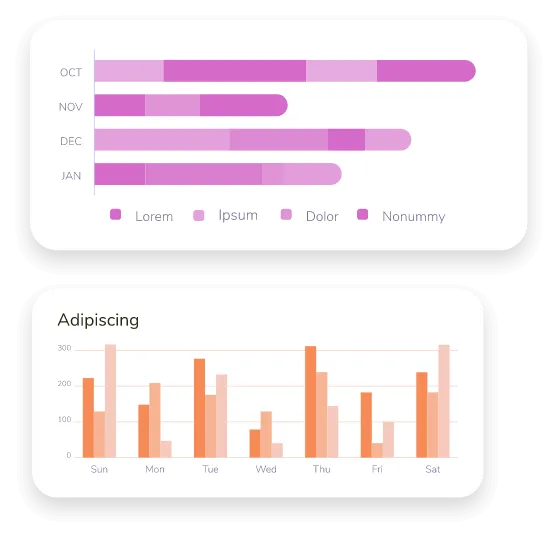Blog



Elevate your Success with Partner2pilot Global : Bridging the Gap: Telehealth's Role in Accessible Healthcare
Introduction:
The dawn of the digital age has ushered in transformative changes across industries, with healthcare experiencing some of the most significant shifts. Telehealth, once a fringe concept, has become a central feature of modern healthcare systems, offering a lifeline to millions during the global COVID-19 pandemic and beyond. It represents a monumental leap towards making healthcare more accessible, personalized, and efficient.
The Rise of Telehealth
Telehealth encompasses a broad range of technologies and tactics to deliver virtual medical, health, and education services. It's not just a tool for times of crisis; it's a long-term solution to perennial healthcare challenges. According to a report by McKinsey & Company, telehealth utilization has stabilized at levels 38 times higher than before the pandemic. This stabilization indicates a robust shift towards remote healthcare delivery, highlighting its potential to bridge gaps in the healthcare system.
Enhancing Accessibility
One of the primary benefits of telehealth is its ability to make healthcare services more accessible to people regardless of their geographic location. Rural and underserved communities, in particular, stand to gain immensely. For those living miles away from the nearest healthcare provider or in areas with limited medical facilities, telehealth has become a beacon of hope, enabling access to specialists and healthcare services that were previously out of reach.
Personalized Care at Your Convenience
Telehealth also offers the advantage of personalization and convenience. Patients can receive care from the comfort of their homes, reducing the need for travel and minimizing the risk of exposure to other illnesses. This convenience is especially crucial for individuals with chronic conditions, the elderly, or those with mobility challenges. Moreover, telehealth provides a platform for continuous monitoring and personalized care plans, enhancing patient engagement and outcomes.
The Role of Innovations like Thera-mate Pro
Innovative devices such as the Thera-mate Pro exemplify how technology can complement telehealth services. Designed to aid in managing and caring for lower extremities, particularly for individuals with diabetes or mobility issues, Thera-mate Pro aligns perfectly with telehealth's objectives. Its features allow for remote monitoring, enabling healthcare providers to assess patients' conditions, guide them through care procedures, and adjust treatment plans in real-time.
Overcoming Challenges and Looking Ahead
Despite its benefits, telehealth's integration into healthcare systems is challenging. Digital literacy, privacy concerns, and the digital divide must be addressed to maximize telehealth's potential. Furthermore, regulatory frameworks and insurance coverage for telehealth services, including support for devices like Thera-mate Pro, continue to evolve to reflect its growing importance in patient care.
As we navigate the future of healthcare, the role of telehealth will undoubtedly expand, driven by technological advancements and the growing demand for accessible healthcare. Innovations like Thera-mate Pro support this expansion and exemplify the potential for technology to significantly enhance care delivery and patient outcomes.
Conclusion
Telehealth has proven to be more than a temporary solution; it is a fundamental component of the future of healthcare. By making healthcare accessible, personalized, and efficient, telehealth, supported by innovative technologies like Thera-mate Pro, is bridging gaps and transforming lives. As we continue to embrace and refine this model of care, the possibilities for improving global health outcomes are boundless.
Copyright: © 2024 Partner2pilot Global - All Rights Reserved.

